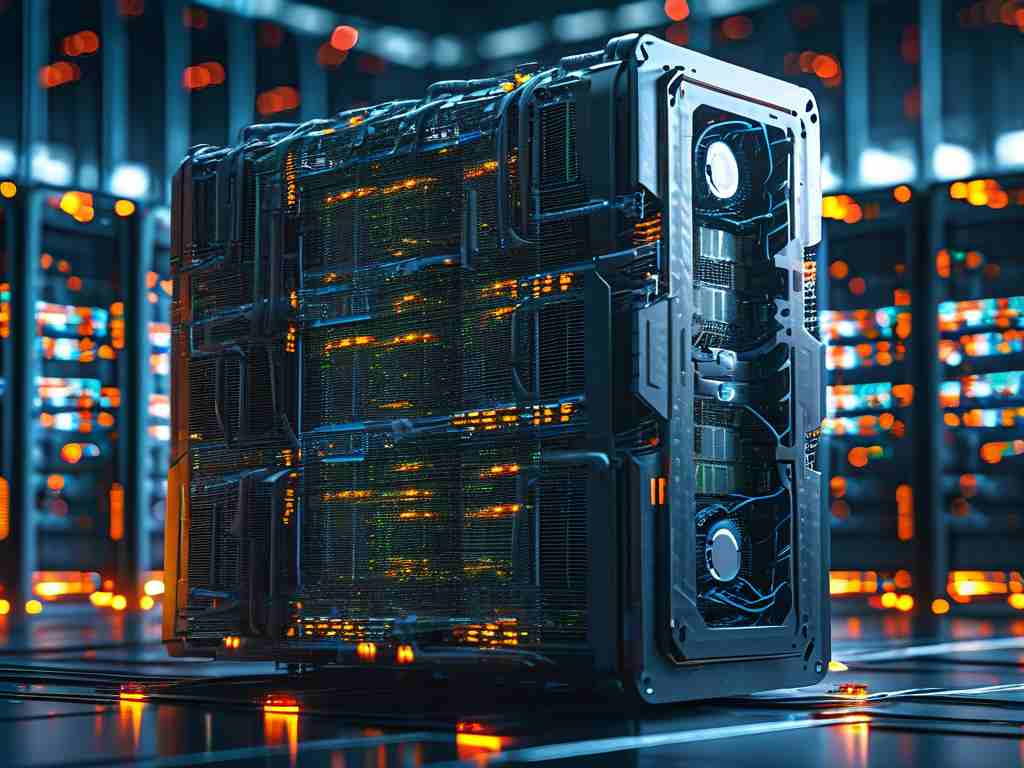As artificial intelligence and machine learning technologies rapidly evolve, the demand for high-performance computing servers capable of handling large-scale models has surged. Among the critical components of these systems, memory plays a pivotal role in ensuring efficient data processing and model training. This article explores the importance of memory configuration in large-model computing servers, addressing key considerations for optimizing performance while avoiding common pitfalls.

The Role of Memory in Large-Model Computing
Modern AI models, such as transformer-based architectures or deep neural networks, require vast amounts of data to be processed simultaneously. For instance, training a model with billions of parameters involves loading massive datasets into memory for real-time computation. Insufficient memory capacity can lead to frequent data swapping between RAM and storage devices, drastically slowing down training cycles. A server equipped with 512GB of RAM, for example, may struggle with a model requiring 600GB of active memory, forcing the system to rely on slower storage solutions like NVMe drives. This bottleneck not only delays project timelines but also increases operational costs due to energy inefficiency.
Key Memory Configuration Considerations
-
Capacity vs. Bandwidth Balance
While expanding memory capacity is often the first consideration, bandwidth—the speed at which data moves between the processor and memory—is equally critical. High-bandwidth memory (HBM) modules, though expensive, can significantly accelerate tasks like matrix multiplications common in AI workloads. A balanced approach might involve combining large-capacity DDR5 modules with strategic HBM allocations for specific compute nodes. -
Error-Correcting Code (ECC) Requirements
Servers running continuous training jobs for weeks or months benefit from ECC memory, which detects and corrects data corruption. Non-ECC configurations risk silent errors propagating through model weights, potentially invalidating entire training runs. However, ECC memory introduces a slight latency overhead, necessitating a cost-benefit analysis based on workload criticality. -
Scalability and Future-Proofing
Memory architectures should support modular expansion. For instance, a server designed with 16 DIMM slots allows incremental upgrades as model complexity grows. Emerging standards like Compute Express Link (CXL) enable memory pooling across multiple servers, a feature worth considering for organizations planning distributed training environments.
Case Study: Memory Optimization in NLP Workloads
A recent deployment for a natural language processing (NLP) project highlights practical memory challenges. The team initially configured a server with 1TB of DDR4 RAM but encountered frequent out-of-memory errors during batch processing of multilingual datasets. By analyzing memory usage patterns, they identified excessive caching of tokenized text as the culprit. Implementing a dynamic memory allocation strategy reduced peak usage by 35%, allowing the existing hardware to handle the workload without hardware upgrades. This underscores the value of software-level optimization alongside hardware investments.
Emerging Trends in Server Memory Design
The industry is shifting toward specialized memory solutions tailored for AI workloads. Samsung’s Aquabolt-XL HBM3 modules, for example, offer 819GB/s bandwidth—double that of previous generations—while consuming 20% less power. Meanwhile, non-volatile memory express (NVMe) over Fabrics (NVMe-oF) enables remote memory access across networked servers, opening new possibilities for elastic memory scaling in cloud environments.
Best Practices for Implementation
- Conduct detailed profiling of memory usage patterns before finalizing hardware specifications
- Prioritize memory channels per CPU socket to maximize bandwidth utilization
- Monitor thermals closely, as high-density memory configurations generate substantial heat
- Evaluate hybrid memory architectures combining different types (e.g., DRAM + persistent memory)
As models continue growing in size and complexity—with some exceeding trillions of parameters—memory subsystem design will remain a cornerstone of efficient AI infrastructure. By adopting a holistic approach that considers both current needs and future scalability, organizations can build computing environments that deliver sustained performance while controlling costs. Ongoing advancements in memory technology promise to further reshape this landscape, making continuous evaluation of memory strategies essential for maintaining competitive AI capabilities.









